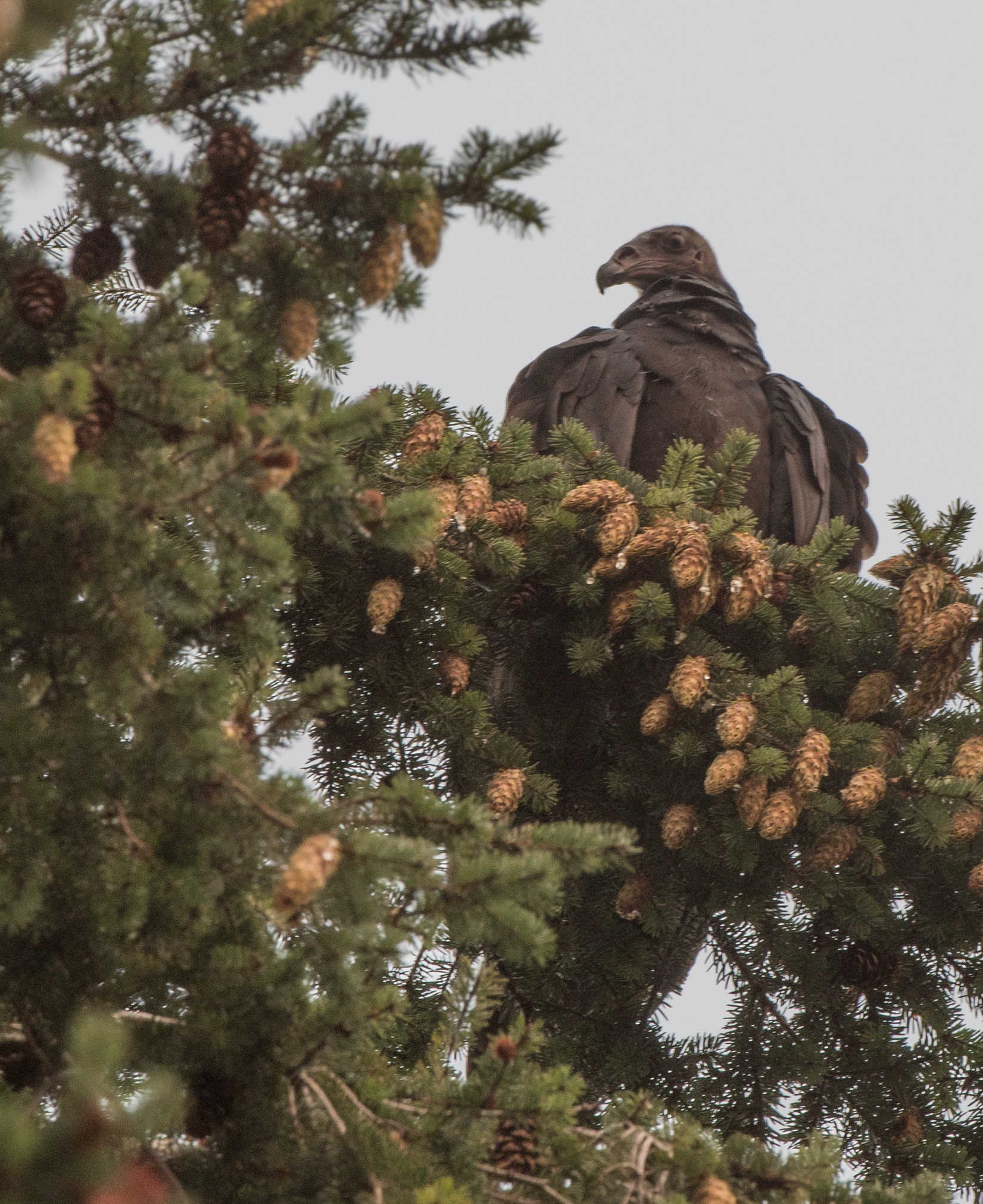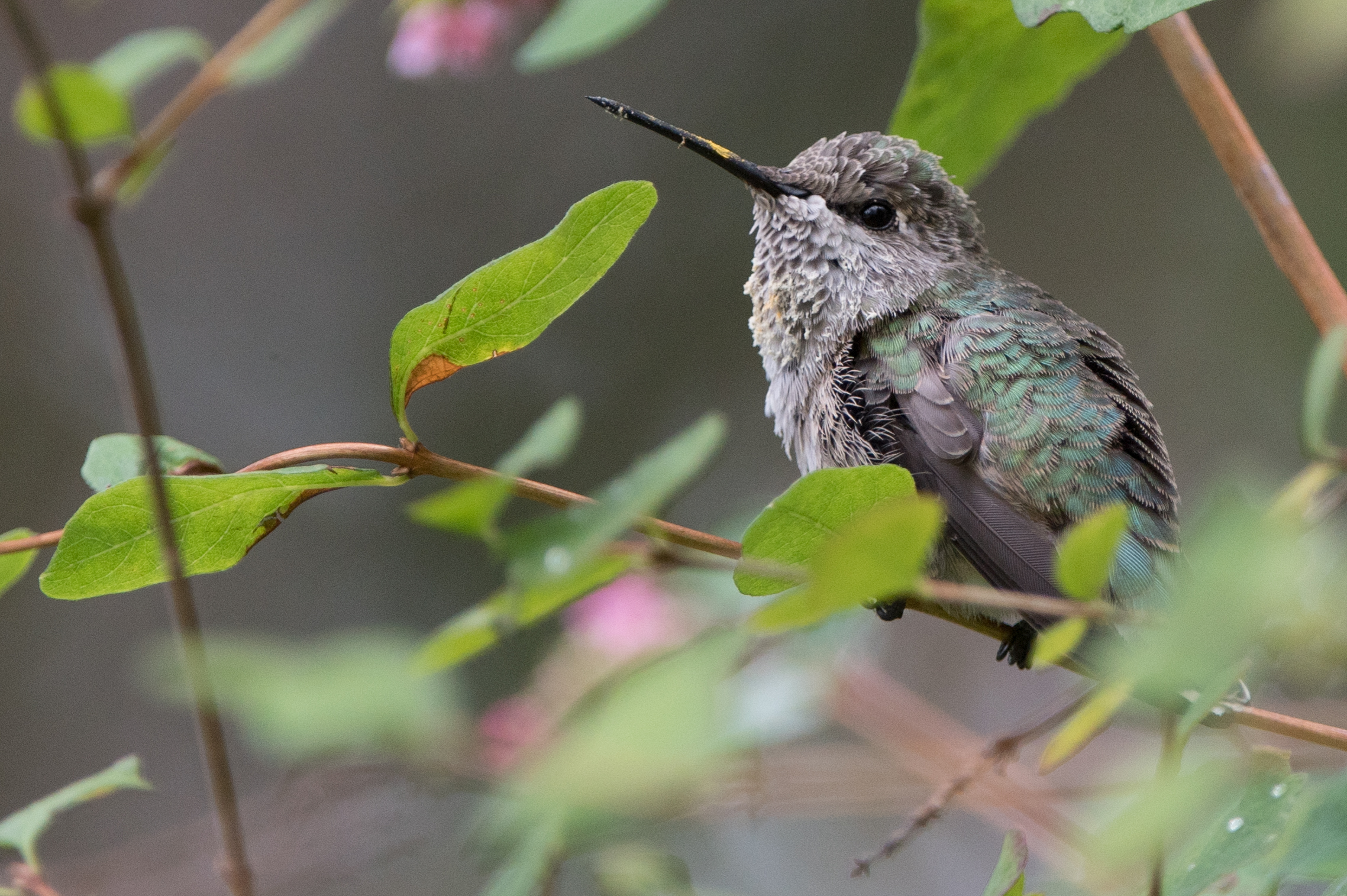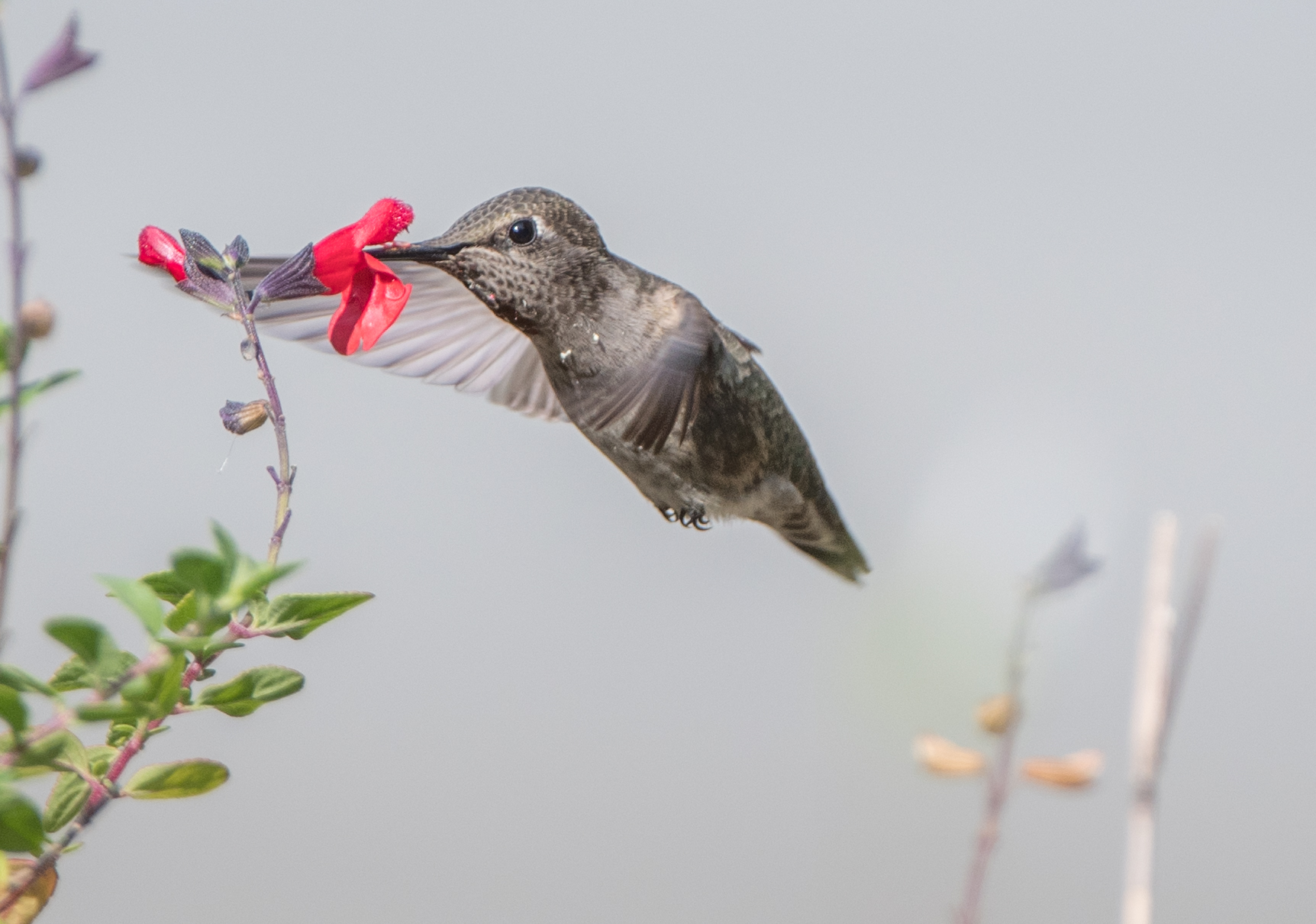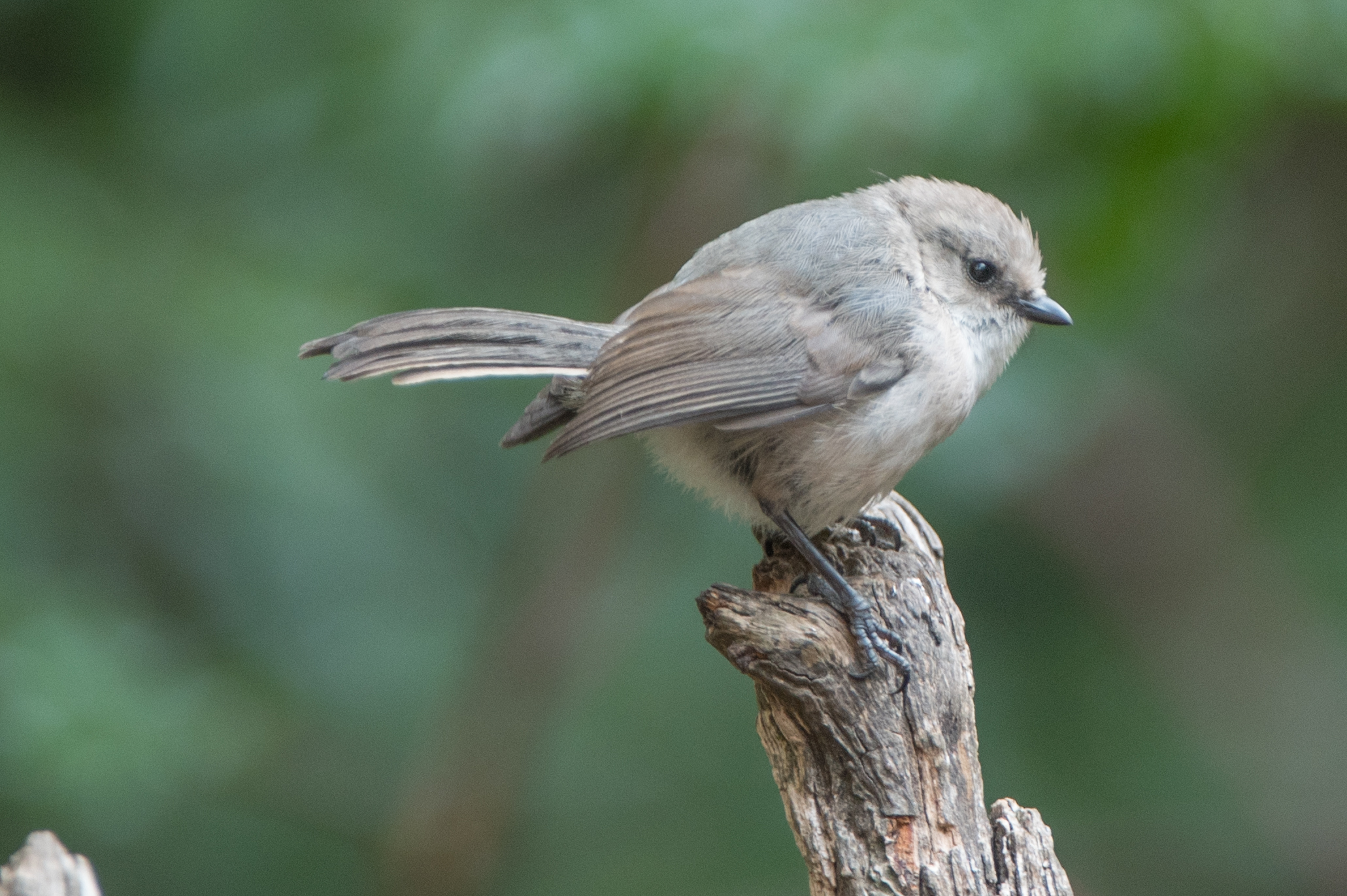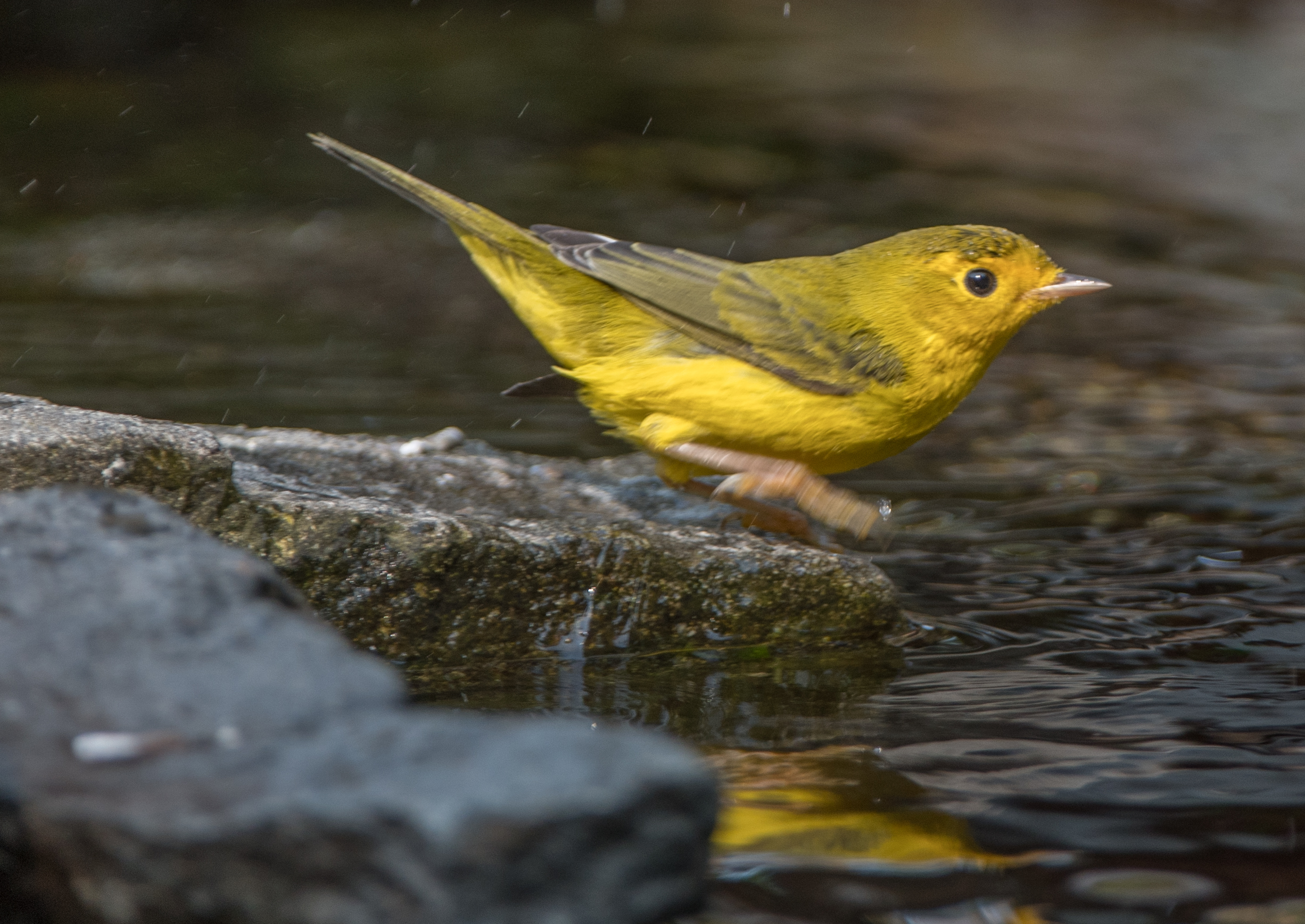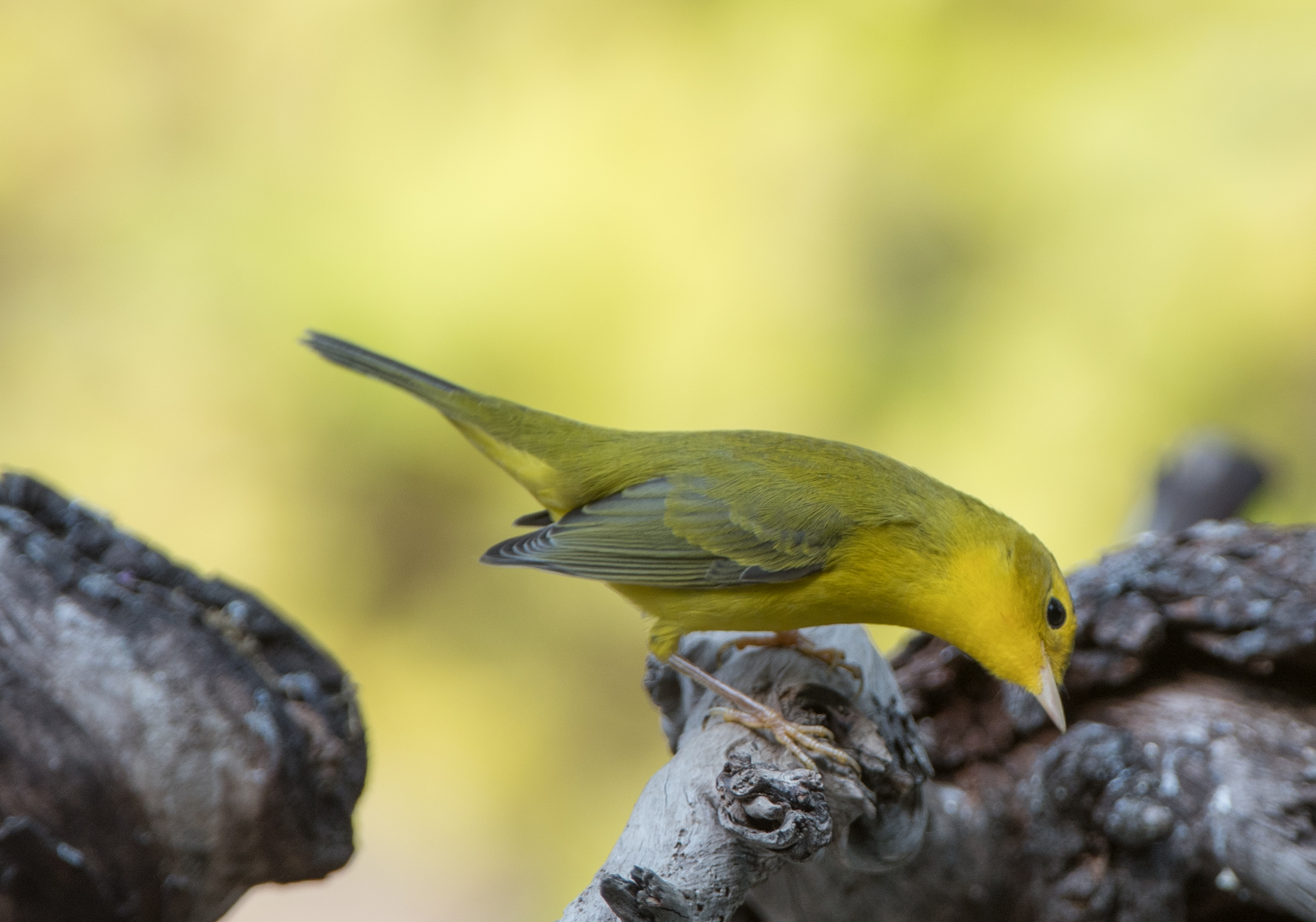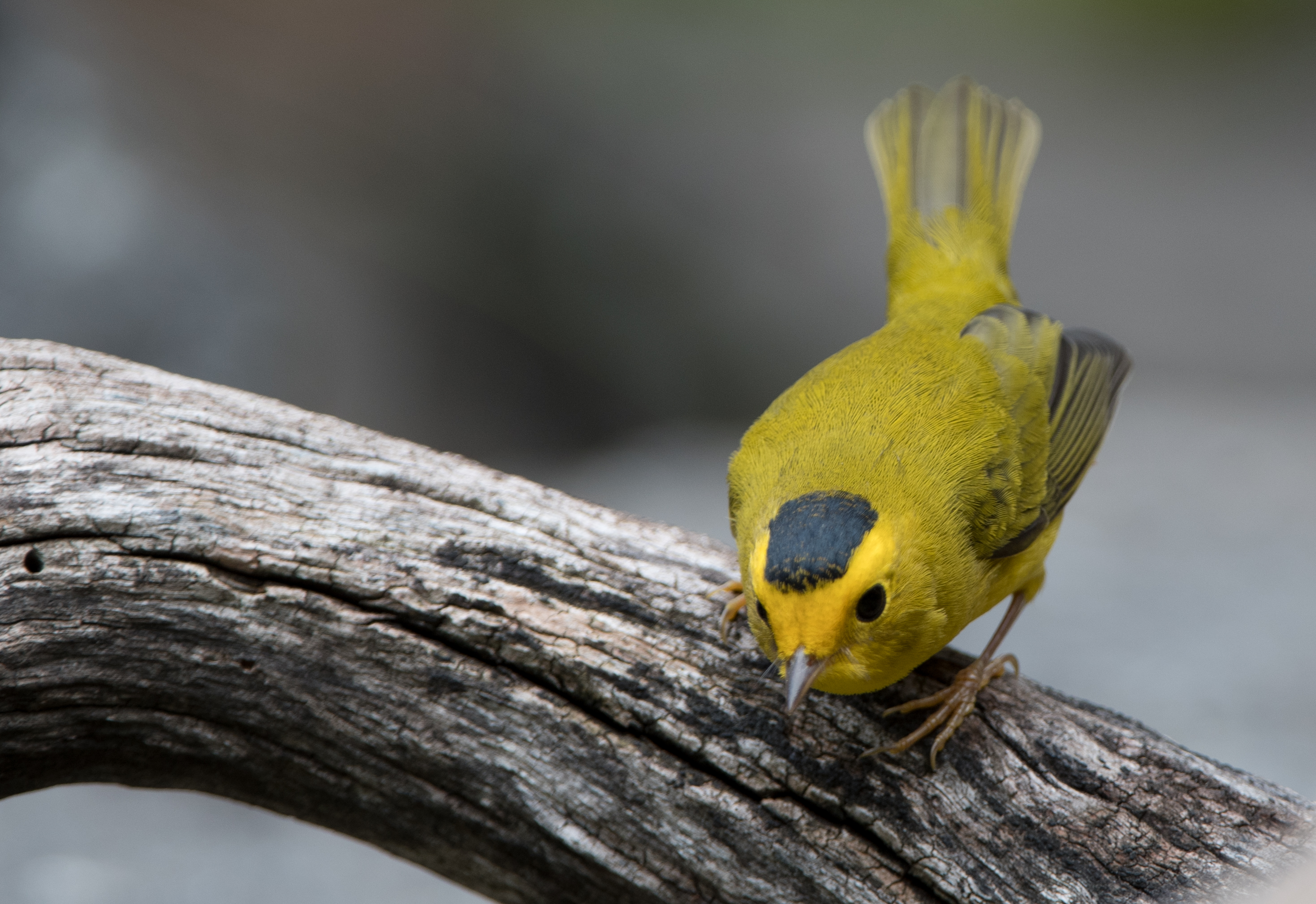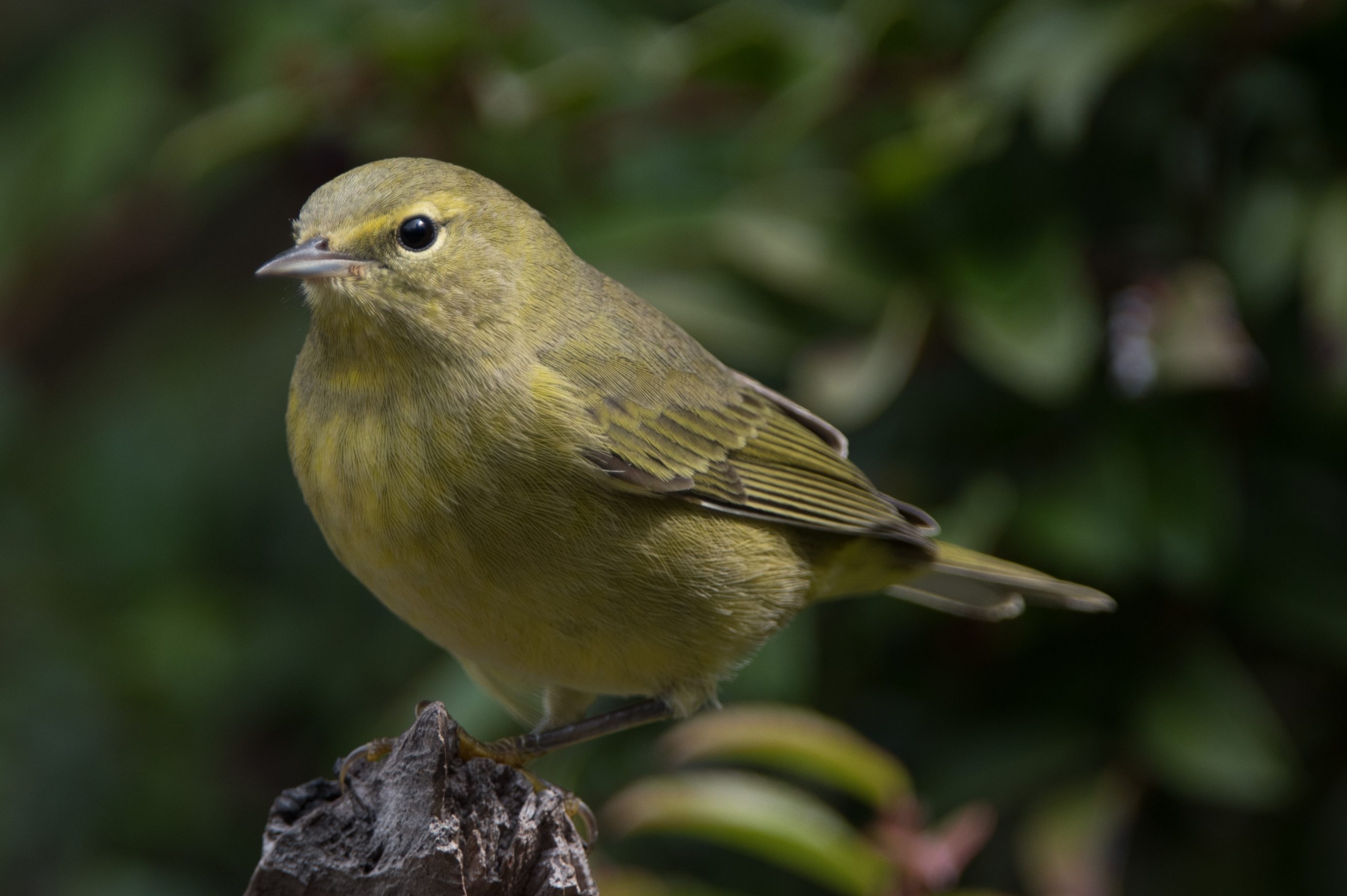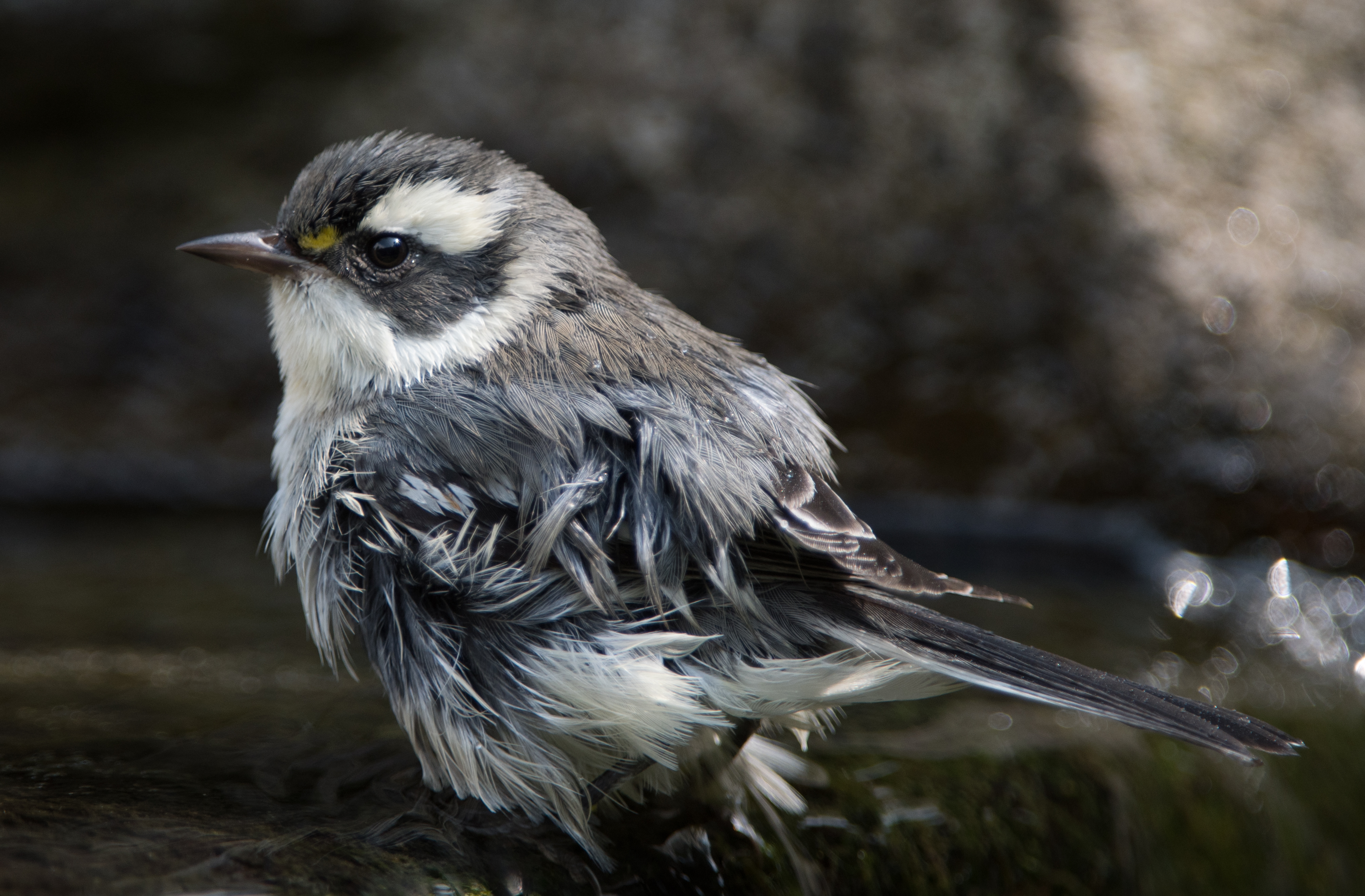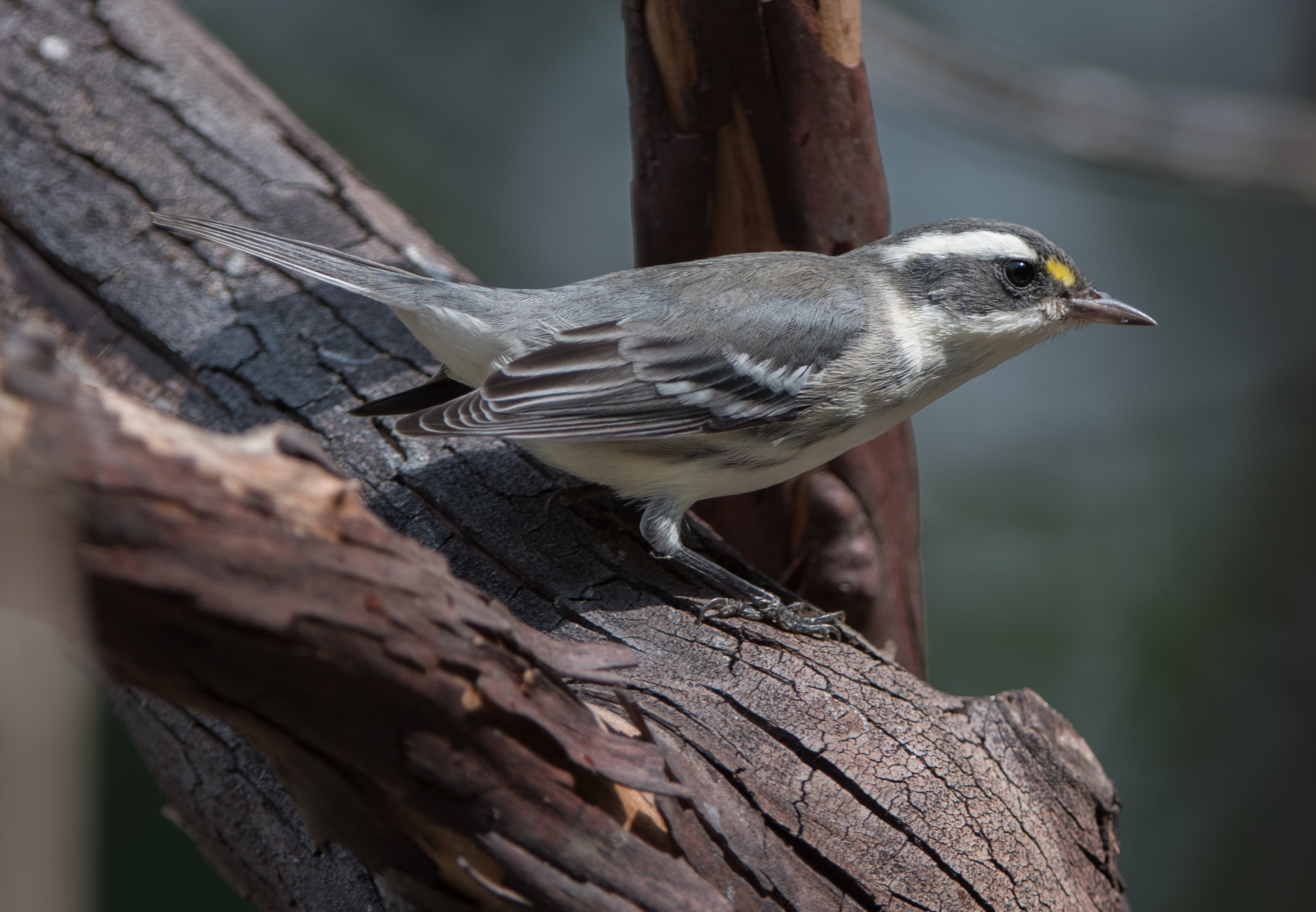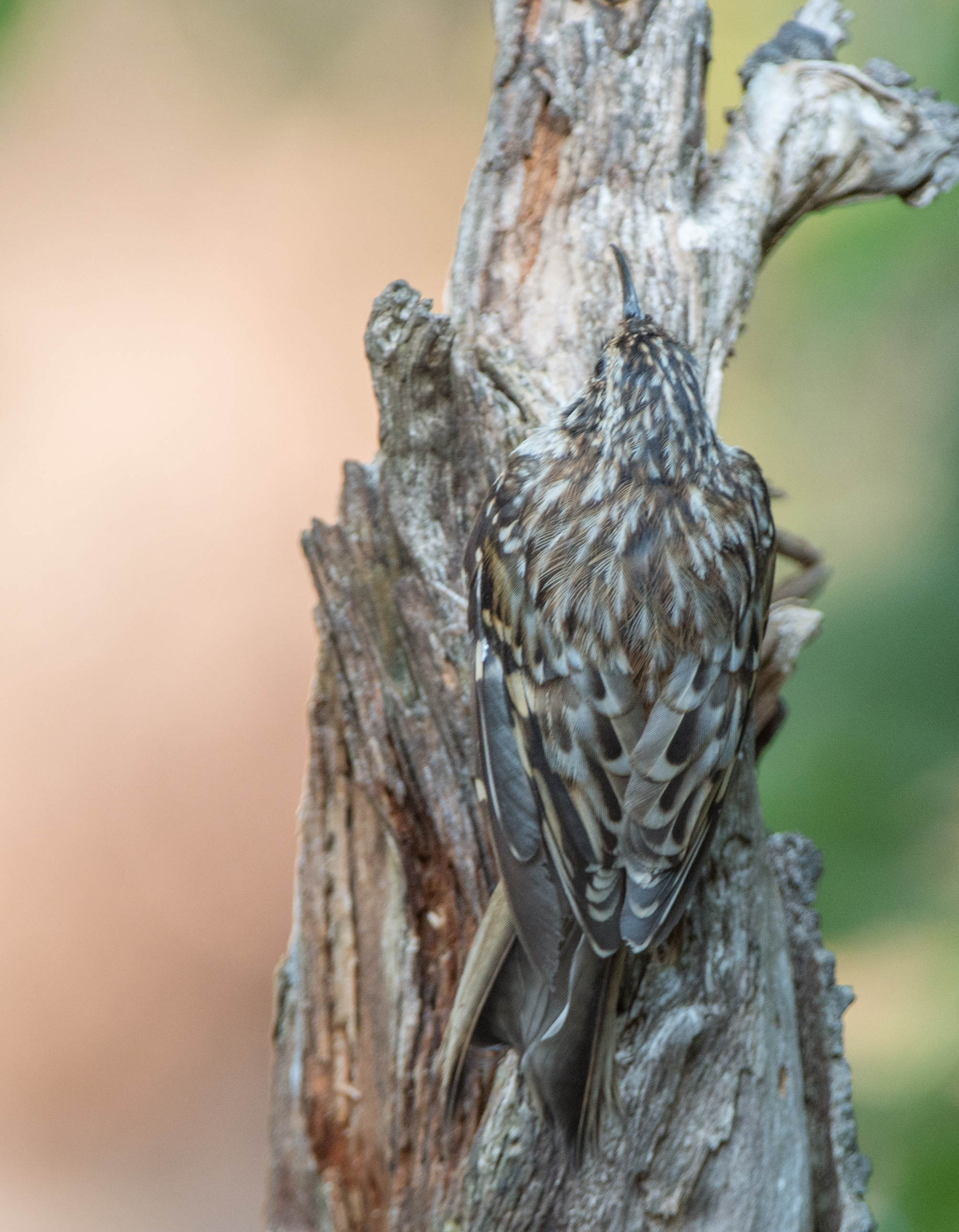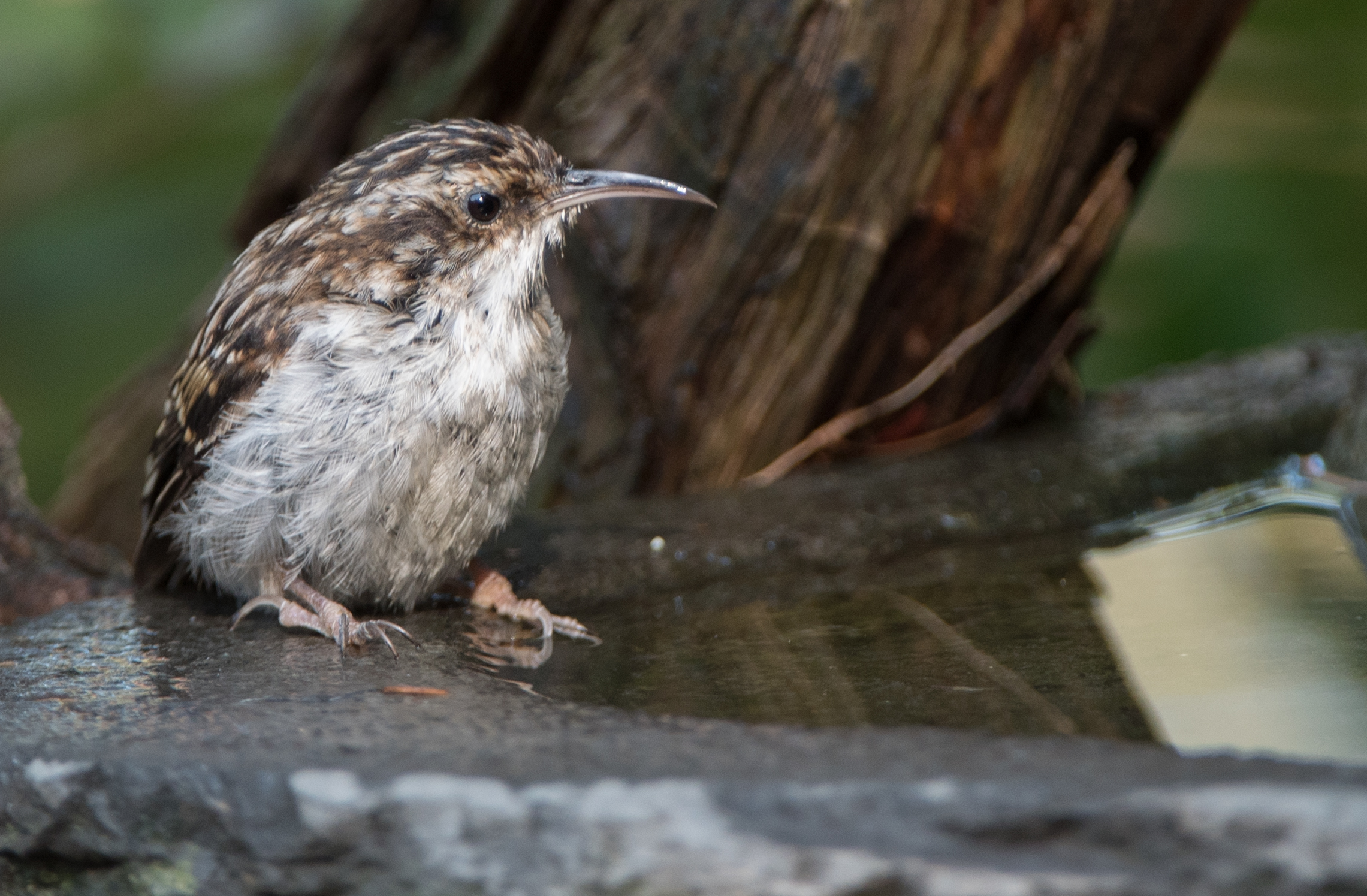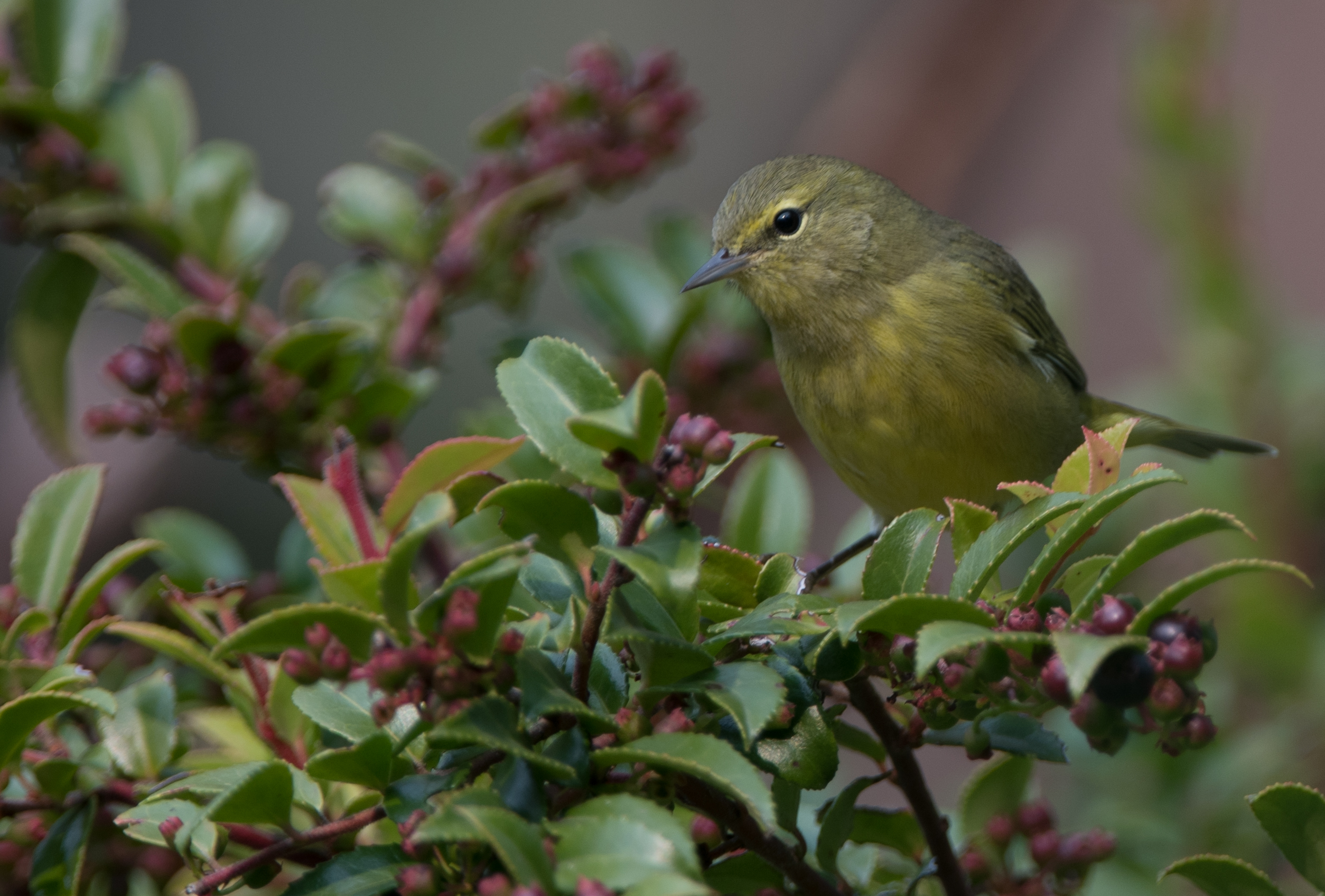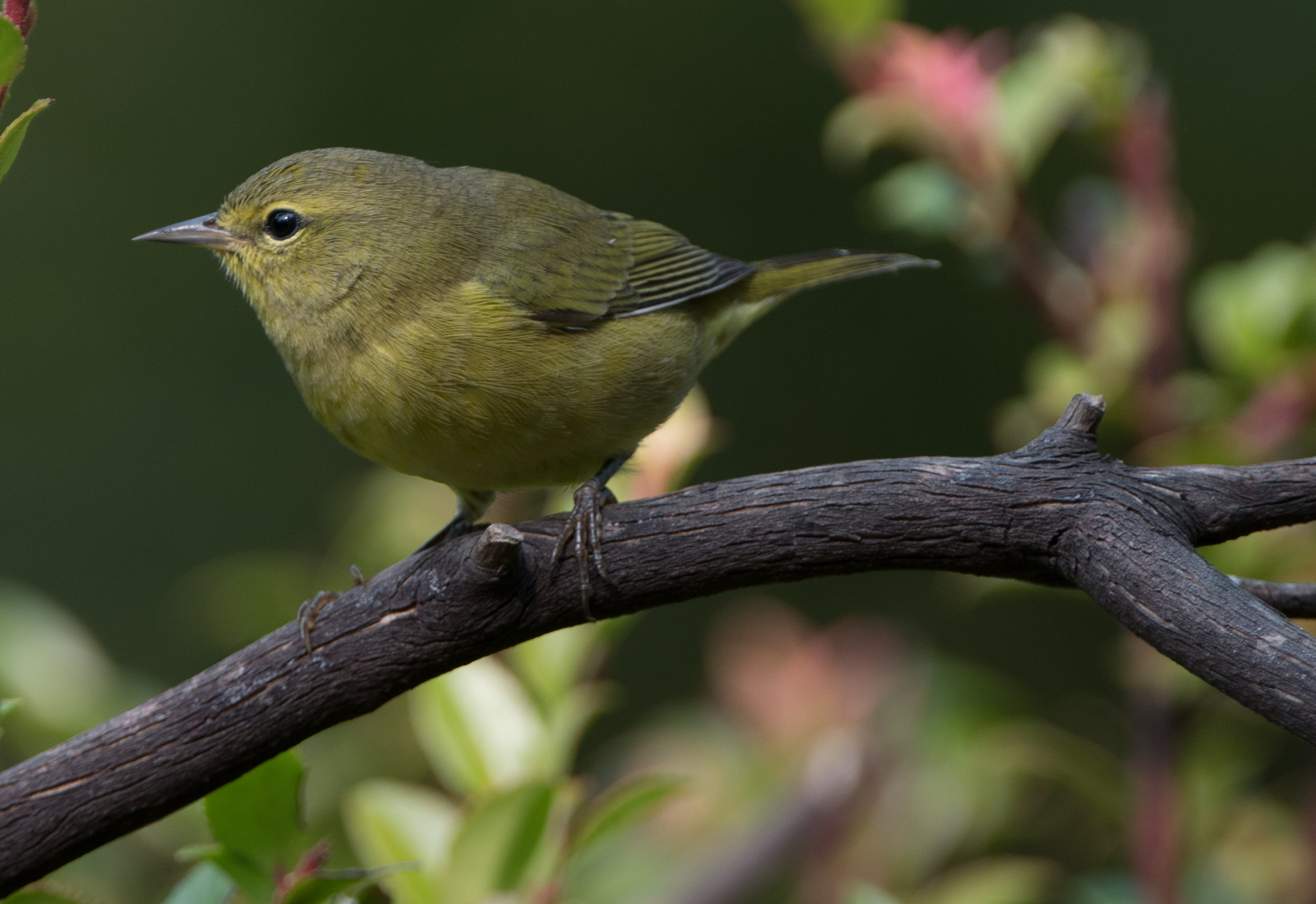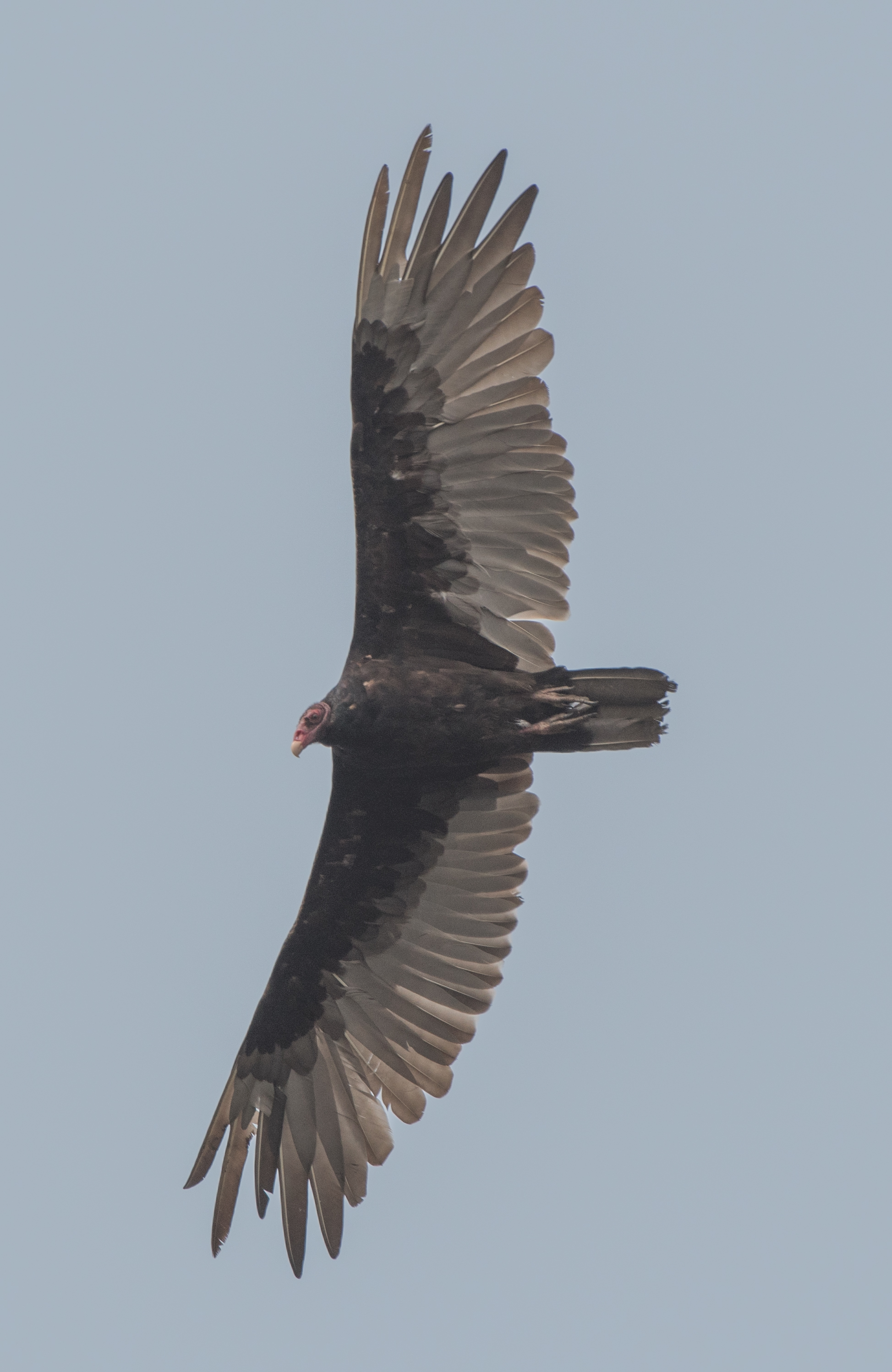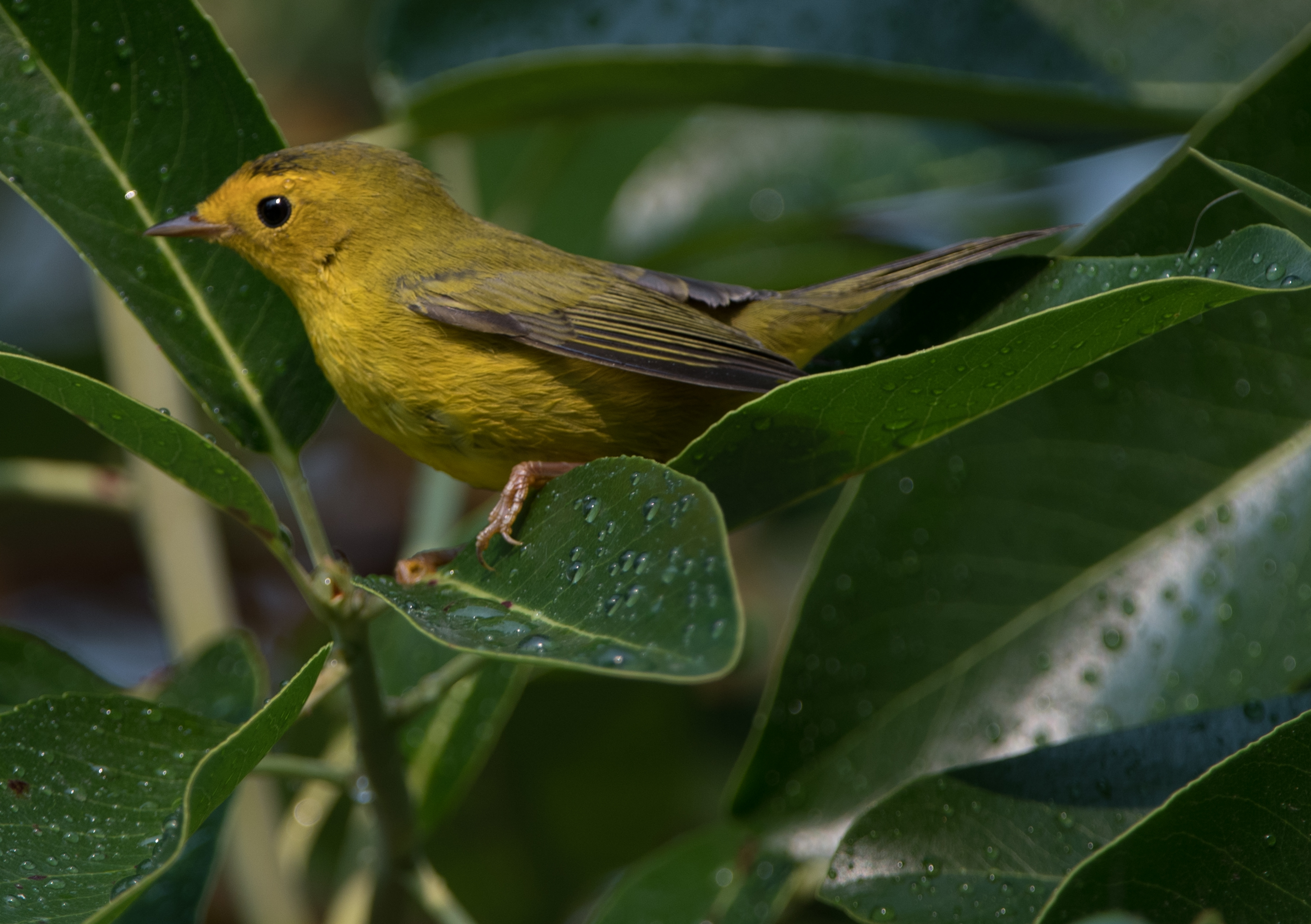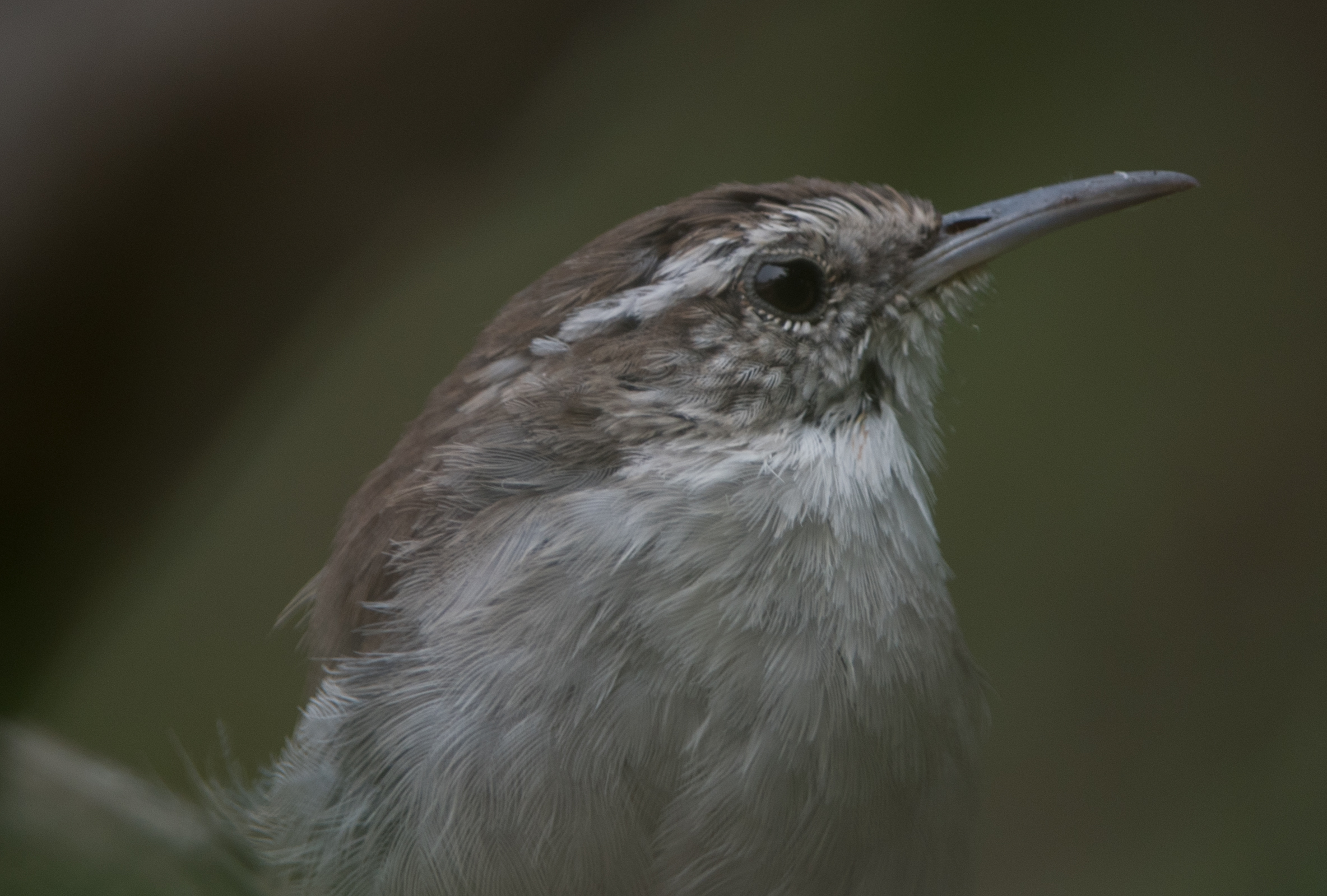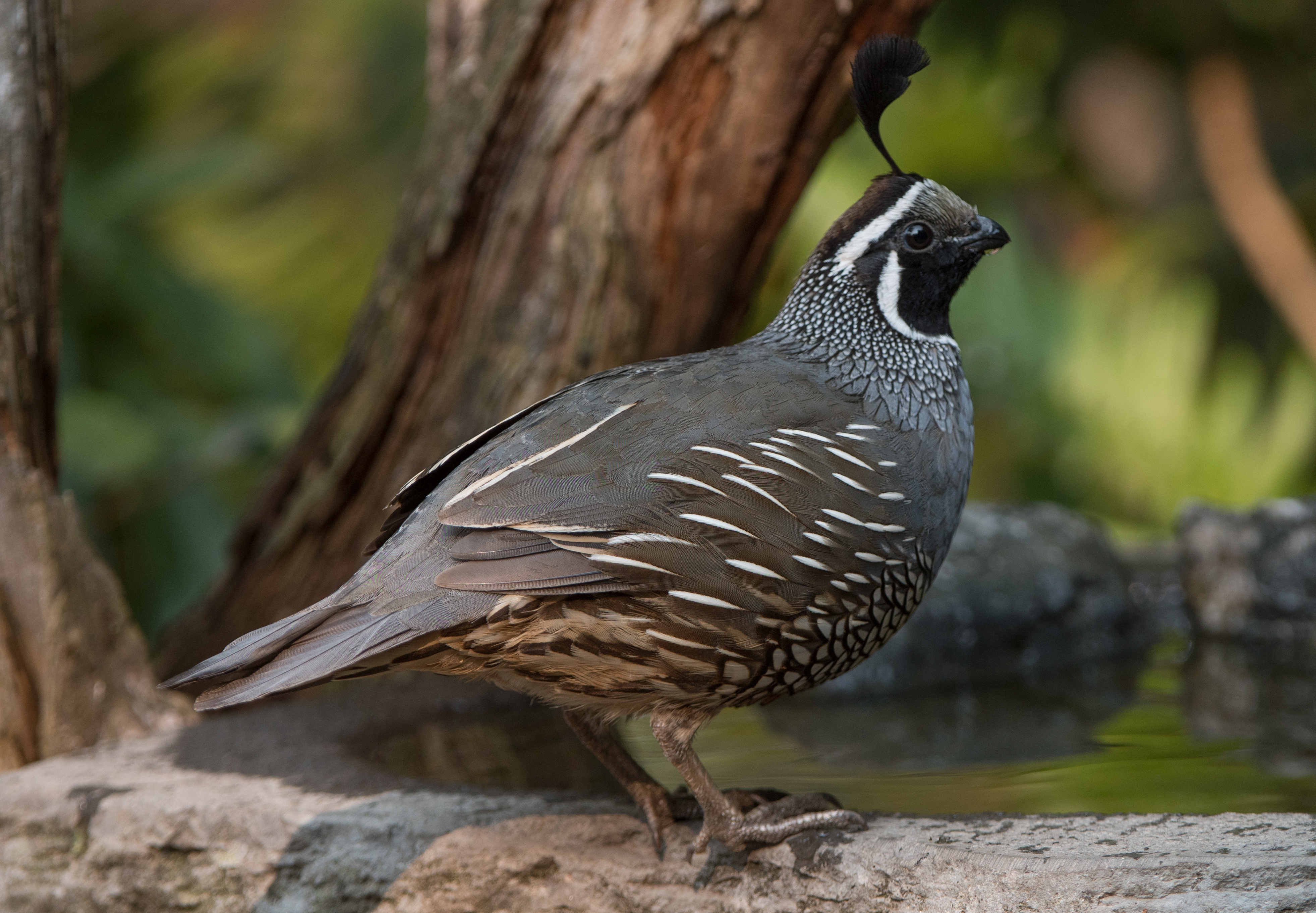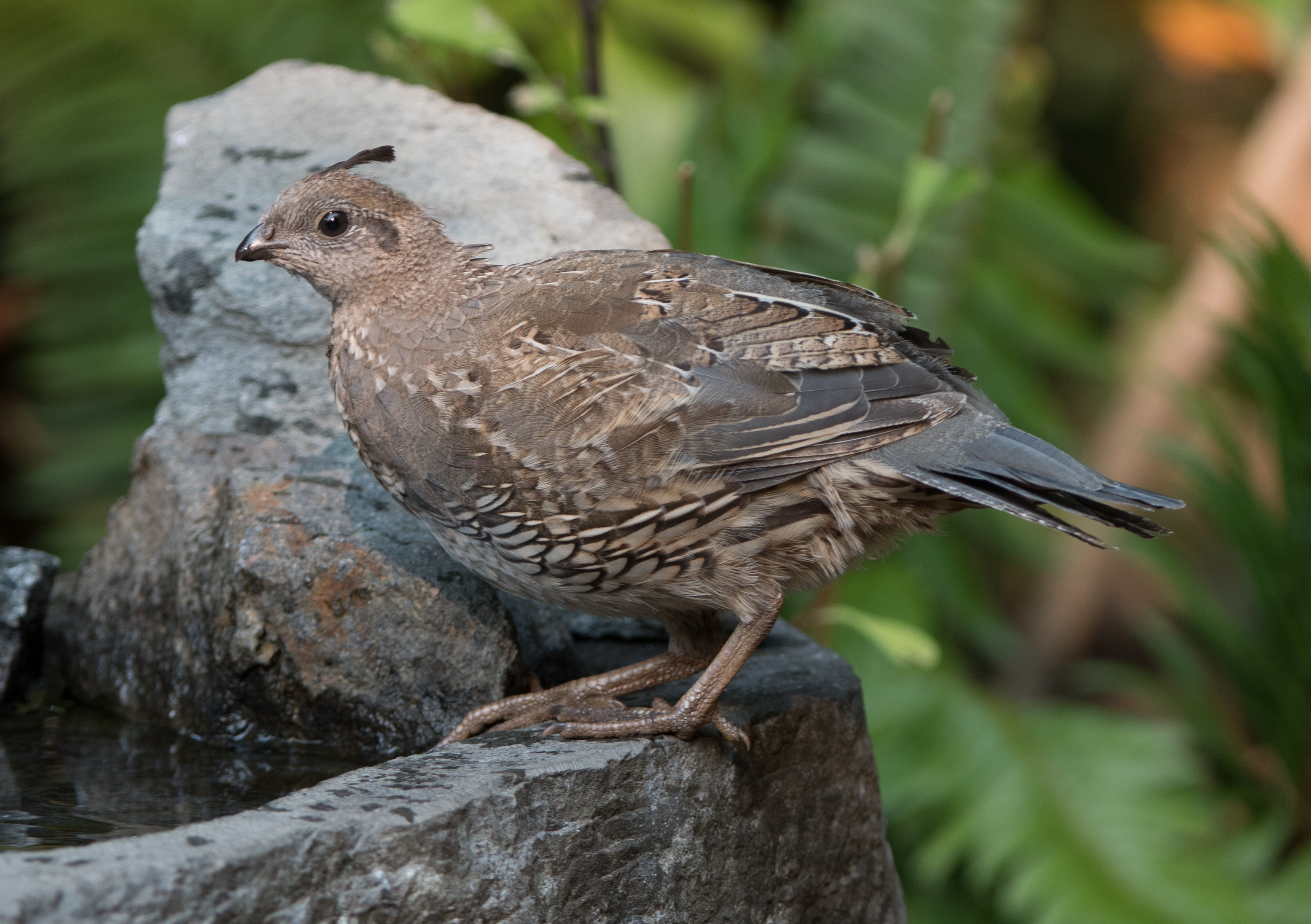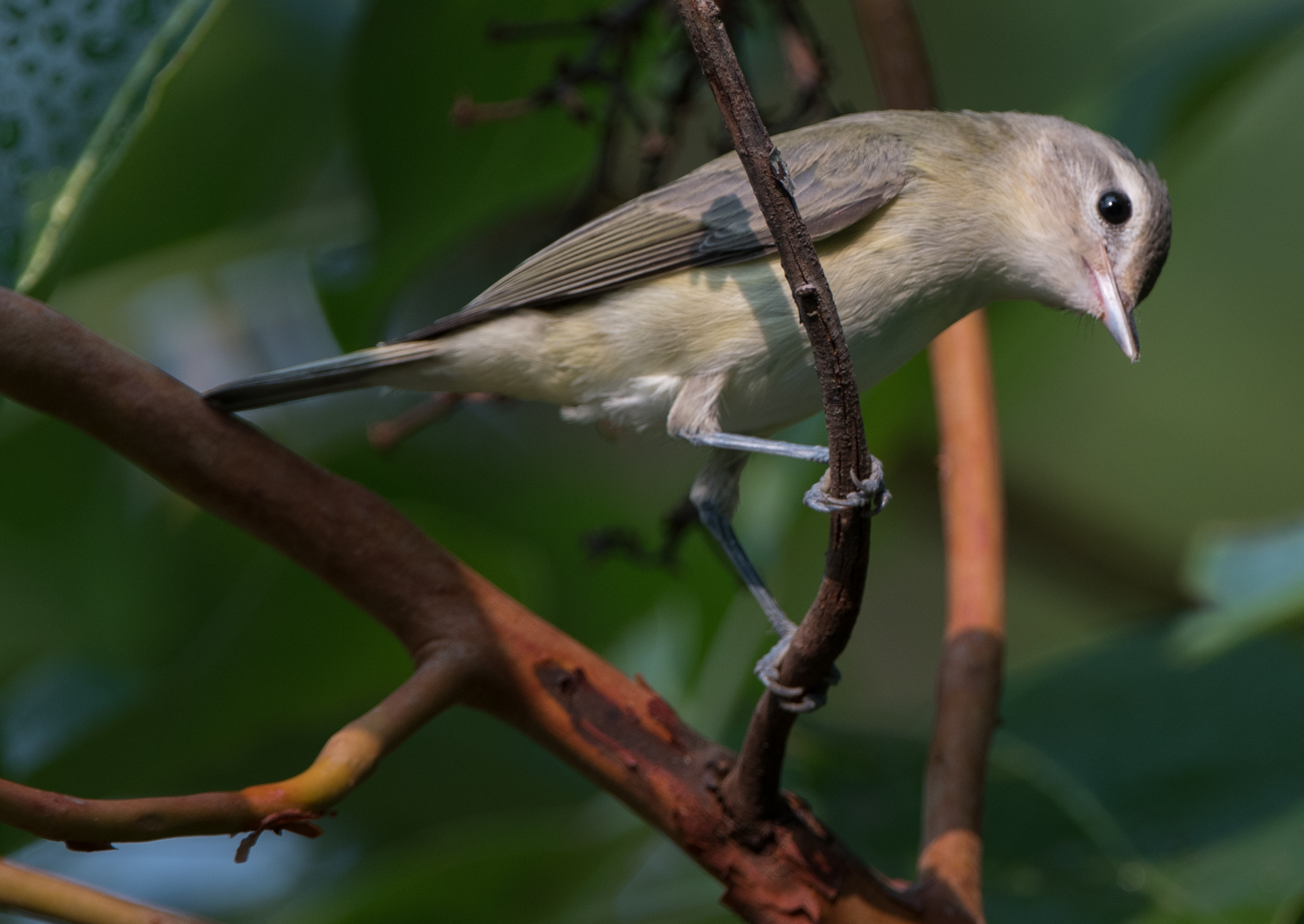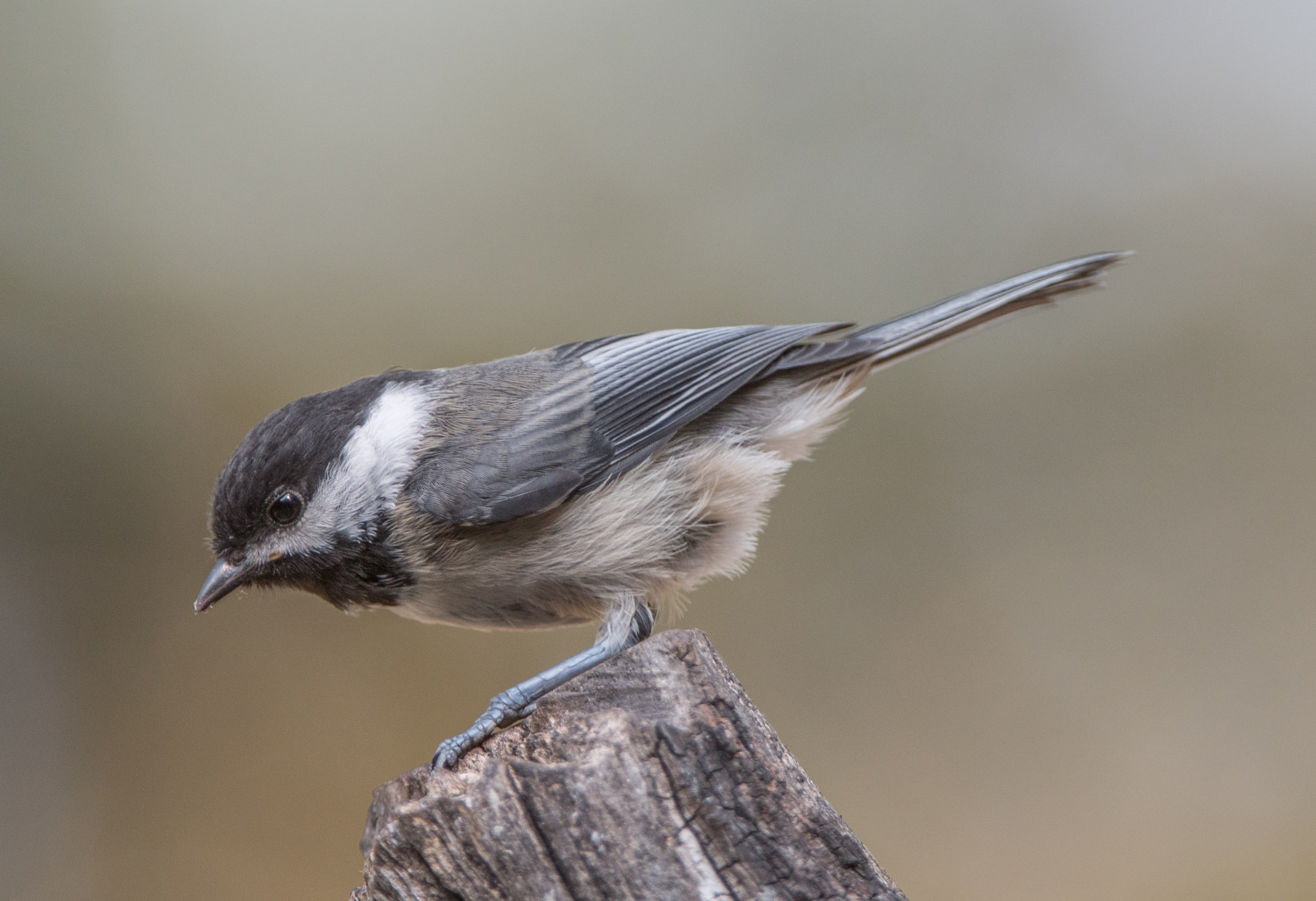After grousing about the lack of warblers this past summer (just two sightings of any warbler species between July 1 and August 12) I had an exceptional sightings day on Sunday, August 12. On that day I had a single visit from a relatively rare warbler, a Black-throated Gray. I ended the day keeping 46 photos of the rarity, a tribute to the occasion! And it was this visit that opened the proverbial floodgates!

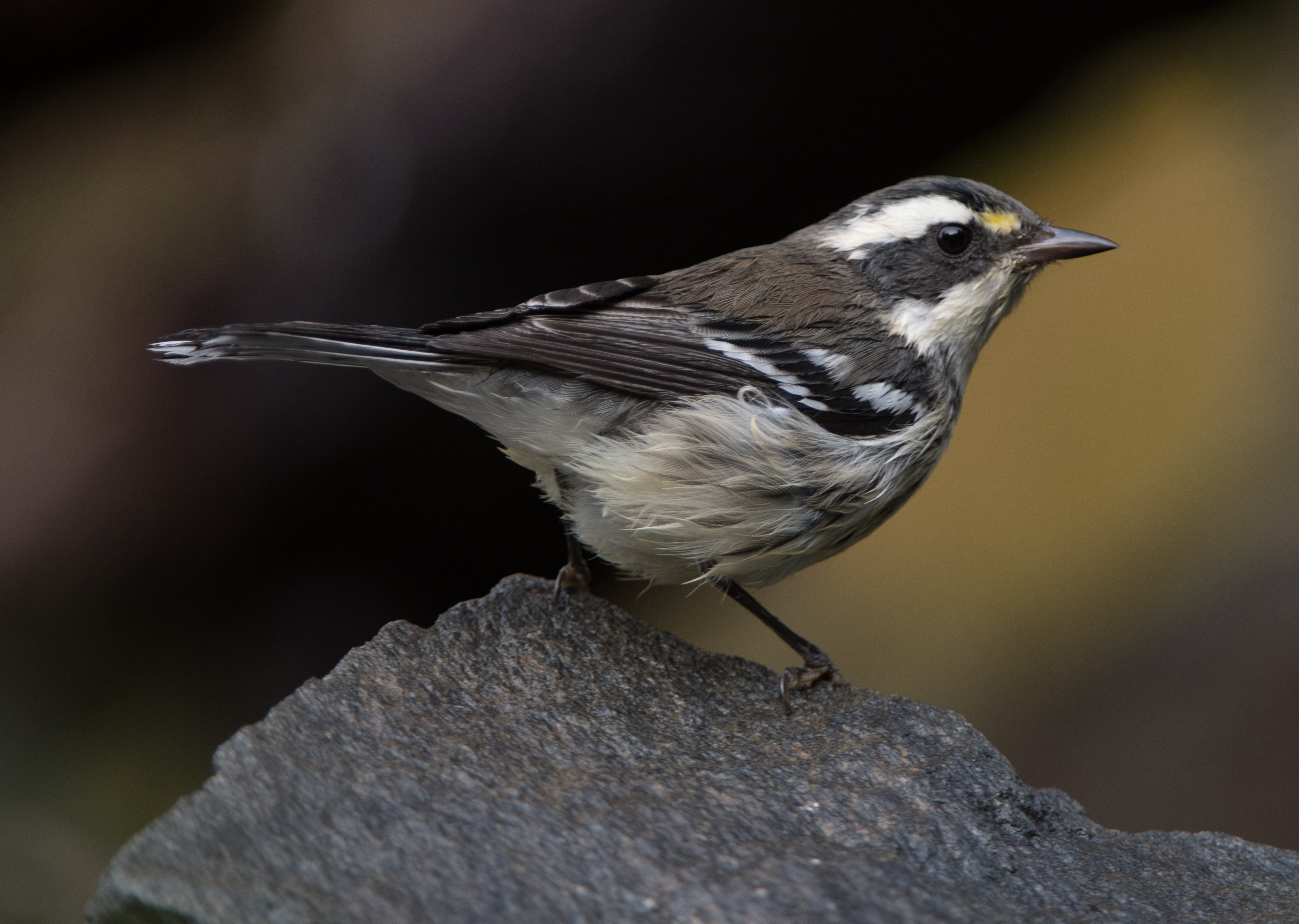
I hoped the bird would return the next day (Monday August 13) so that I could enhance my portfolio (as if it needed enhancing at this point!) but although I spent considerable time in the yard I saw no warblers. I did obtain some nice photos of Bushtits, including young ones being fed suet from our feeder.
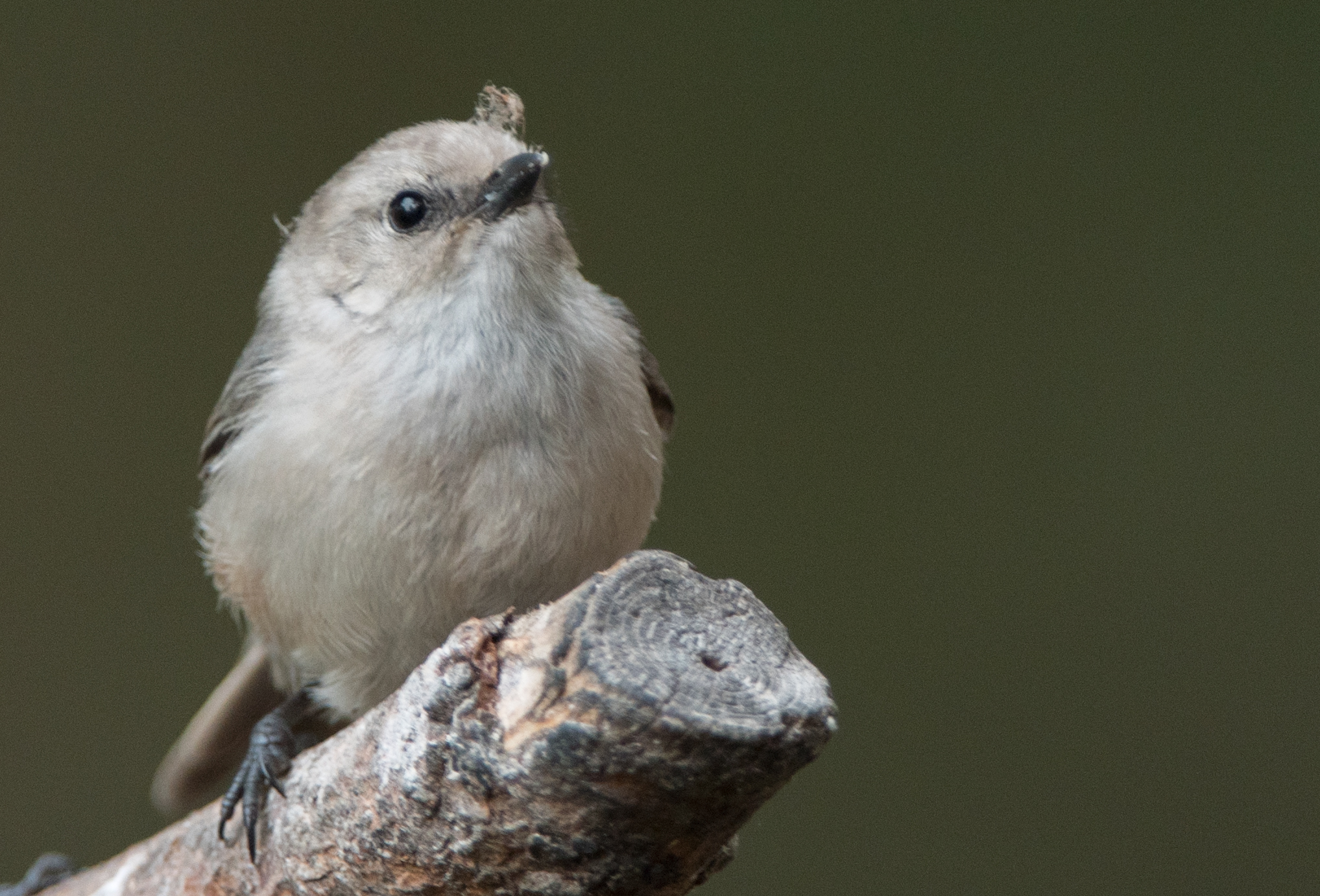
Tuesday, August 14, brought both male and female Wilson’s warblers and at least one adult Orange-crowned warbler. Other relative rarities included a House wren (a summer breeding migrant not seen for the past coupe of months) and a Warbling vireo, a very rare visitor.
(Photos for this day covered in prior post�.)
Wednesday, August 15 brought a single male Wilson’s warbler.
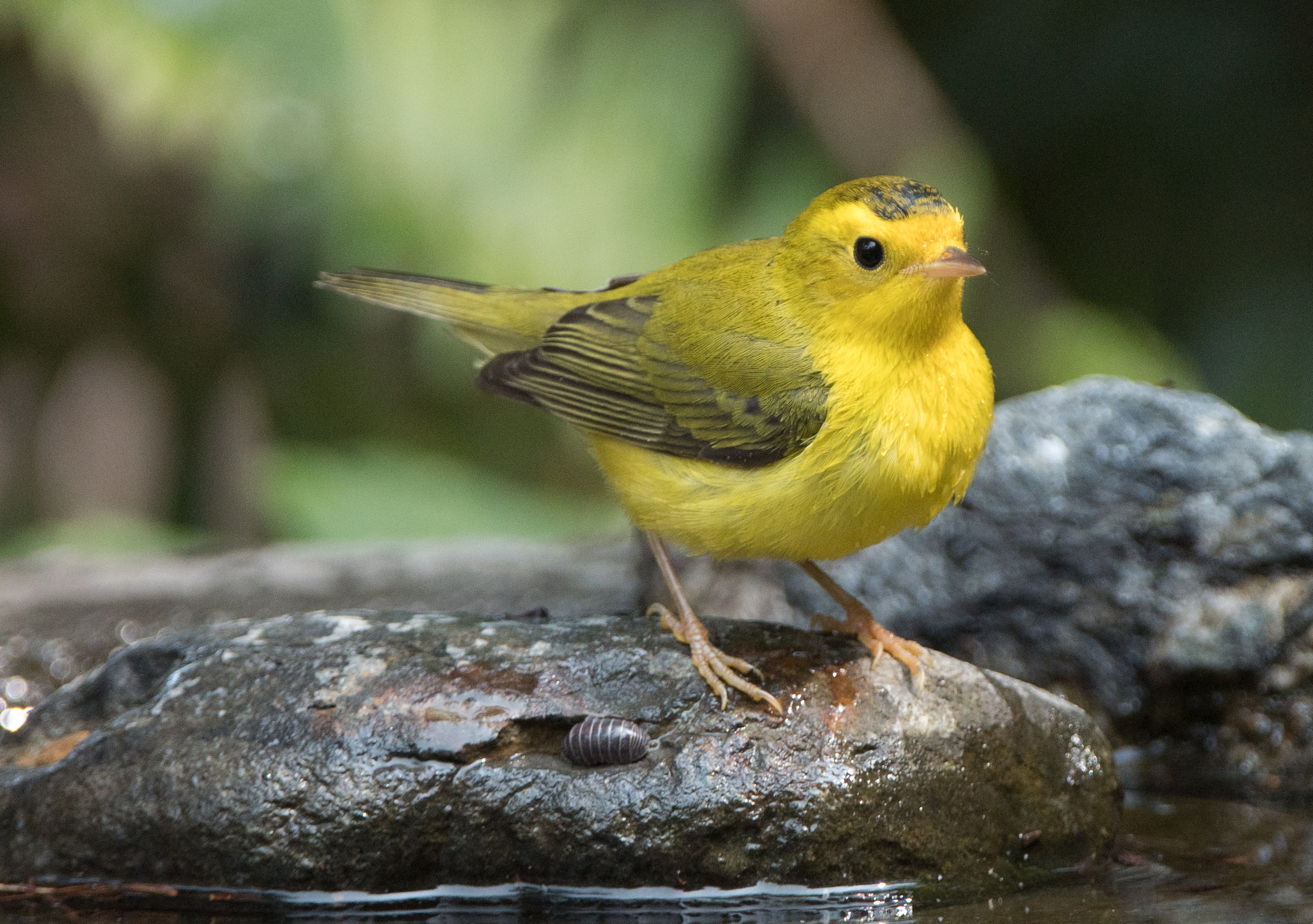
On Thursday, August 16, we had a visit from a male Yellow warbler, a somewhat rare migrant to our yard. We also had flyovers by a sub-adult Bald eagle and an Osprey.
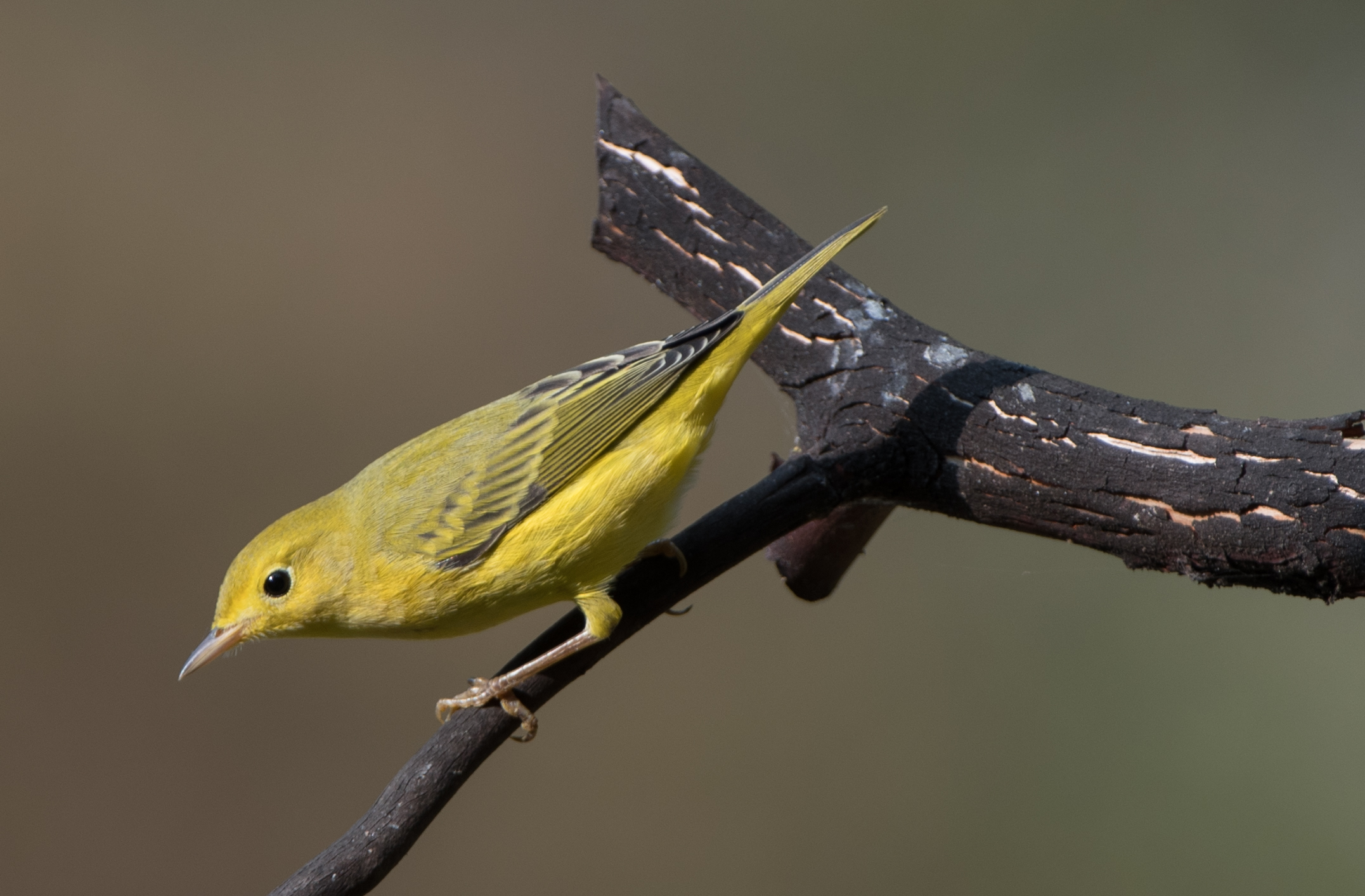
Friday, August 17 brought a juvenile Orange-crowned warbler (distinguished from the adult I saw three days earlier) and another (male?) Yellow warbler visit, both coming late in the day and approximately ten minutes after a neighbor’s Texas relative left after spending the better part of three hours birdwatching in the yard. It wasn’t a total loss for the visitor… she was able to add California quail to her life list.
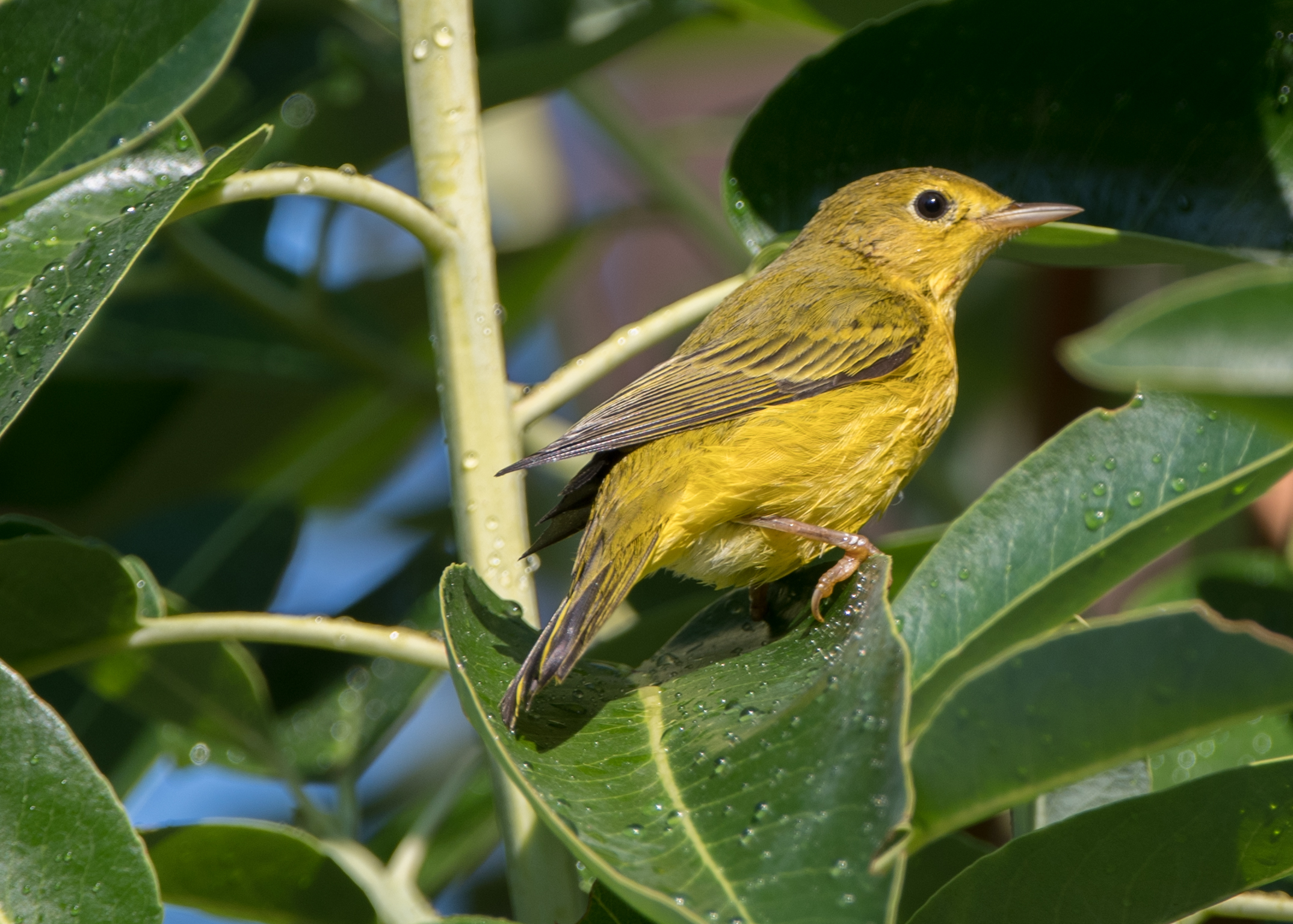
Saturday brought yet another rare warbler visit… a female Townsend’s warbler (some of the 24 photos I retained were taken from about four feet away!)! (Yes, that’s two exclamation points to mark the occasion plus the third one at the end of this sentence!)
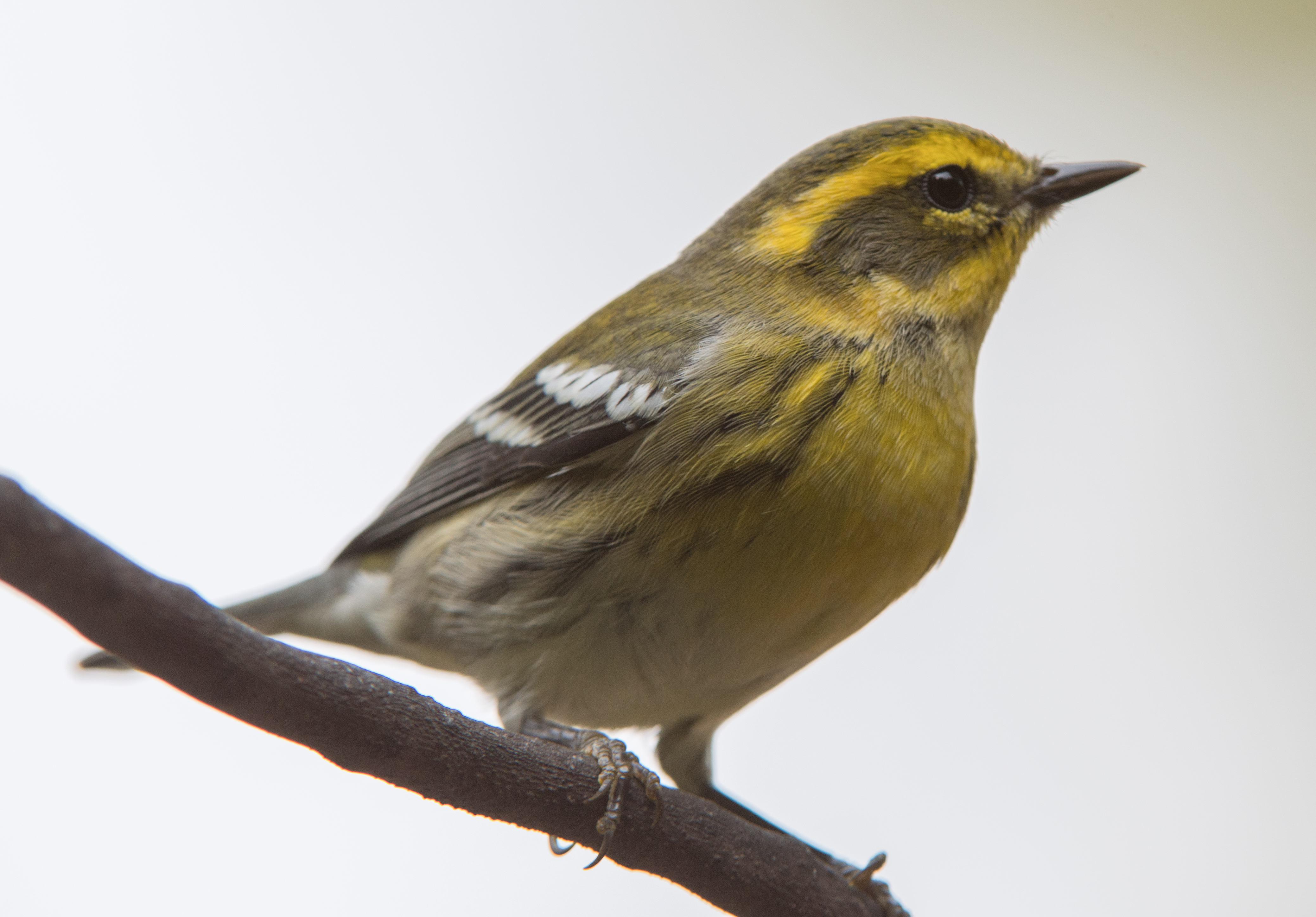
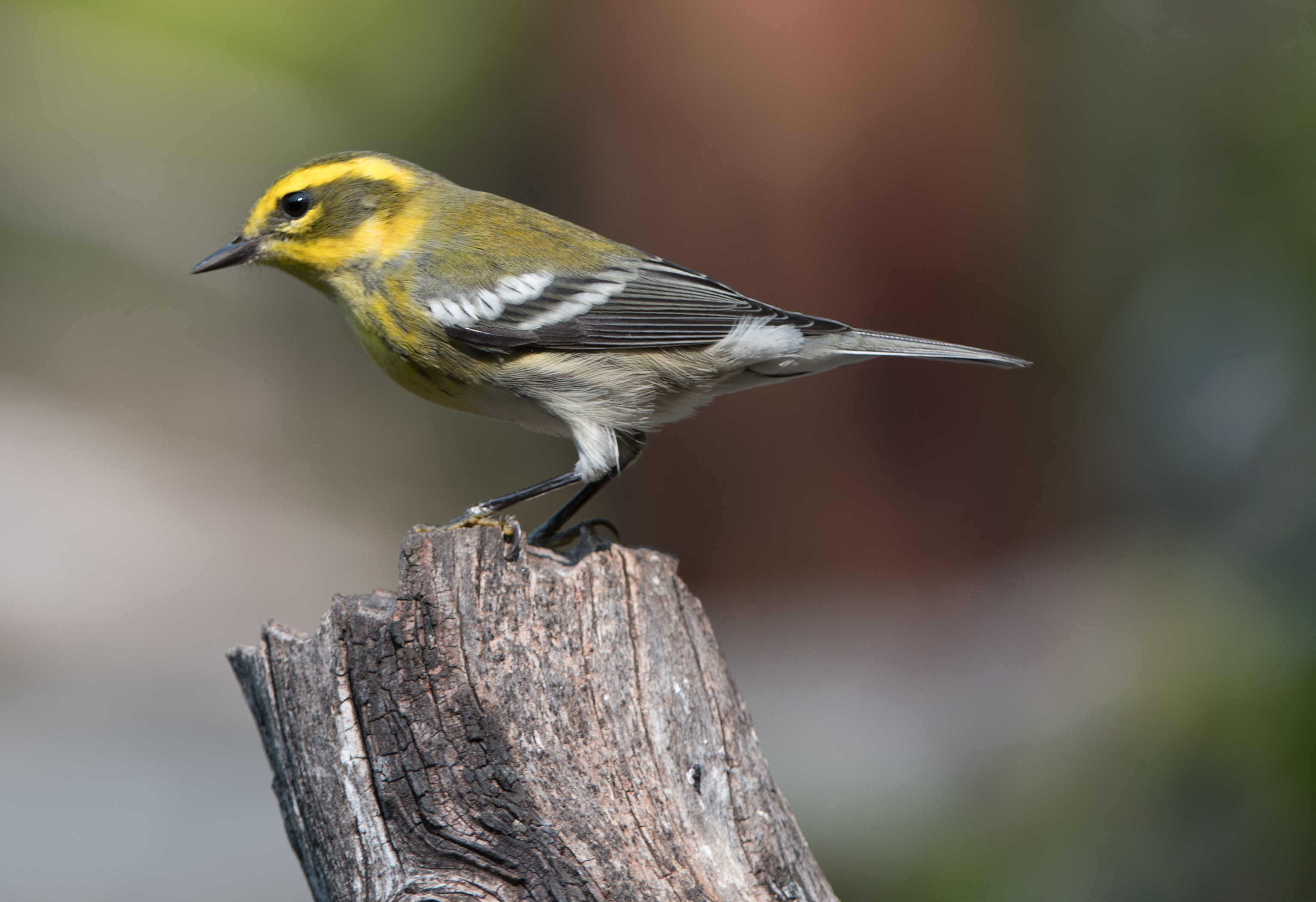
Least you think we’re running a zoo here, on each of these days I spent approximately 3-4 hours in the yard, mostly in the afternoons prior to 5:30pm when I abandon my post to catch the national news and see just how much greater this country has been made during the day. Add to the watch time processing time for the several hundred photos I’ve taken during the week and you can see just how a very happy retiree spends much of his time. And don’t forget posting to the blog, sending special emails to friends regarding sightings and trying to maintain relationships with friends scattered across the country.
Everything must end, and our run may be ending. My wife looked out the window this morning and saw an accipiter surveying the yard from a low perch on one of my prominent staging rocks. I’ve seen very little in the yard since!
I should perhaps add a note of clarification… when I describe a bird as ‘rare’, the term applies only to sightings in our yard and not to the region as a whole. What I consider a rarity in my yard my be more common in someone else’s yard or in other areas of the county. And if you’re out birding ‘on the move’ you will naturally tend to see more birds than just sitting in one place and hoping to attract birds to photograph.
This said, I want to welcome birding friends who would like to bird the yard. I ask that you call me first to let me know you want to drop by, wear clothing of subtle colors (not white or bright colors!) and refrain from excessive movement if I am in the yard with you actively trying to photograph. Conversation is usually acceptable except when we have a visit from a rarity.

